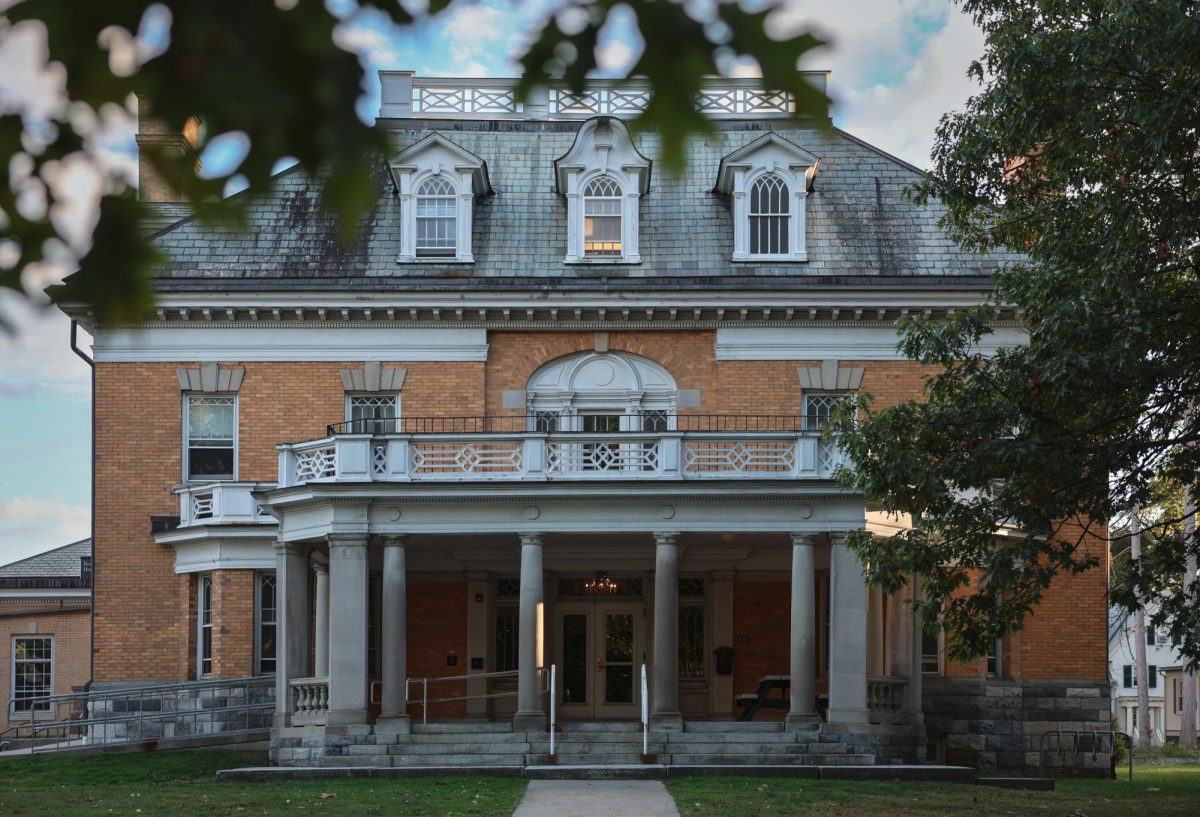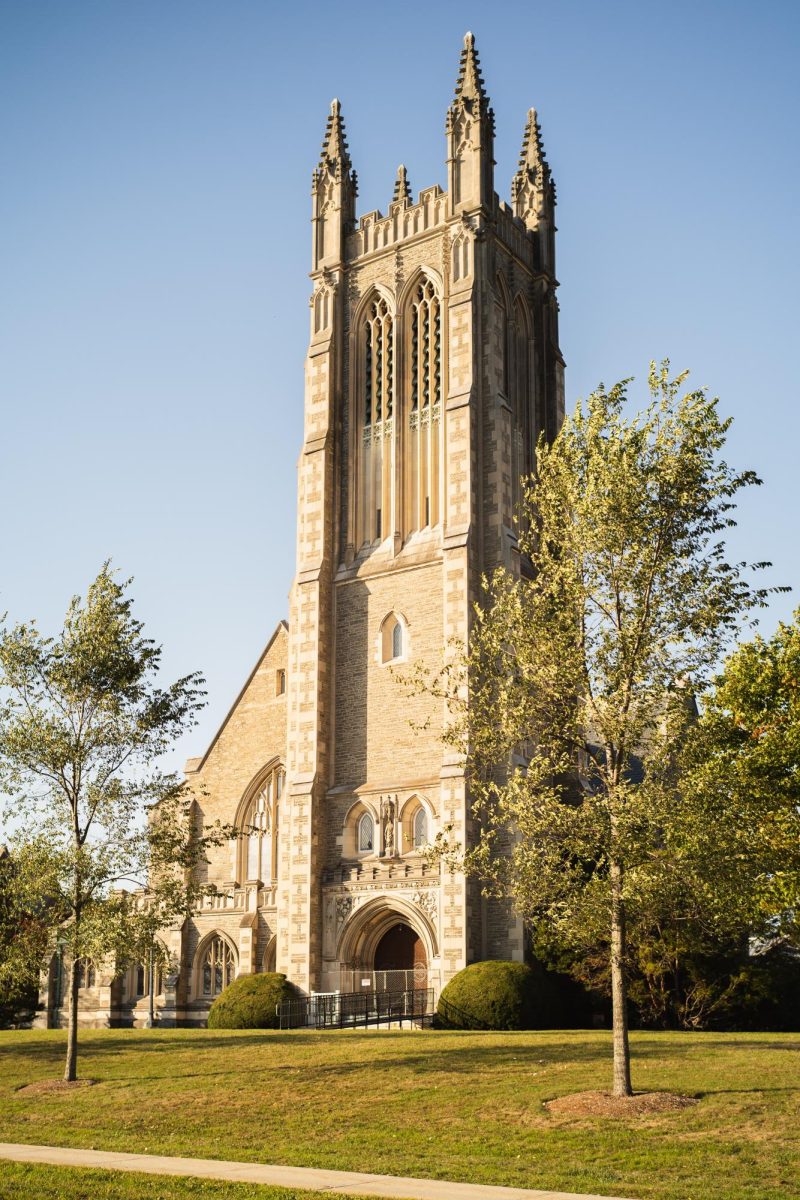On Monday, Feb. 24, self-nominations for positions within the Facilitators for Allocating Student Taxes (FAST) and the Williams Student Union, two bodies of the newly structured student government, were released. Last week, students voted to abolish College Council (CC) and replace it with the Three Pillars Plan, which splits the responsibilities of CC into three separate entities. In the plan, organized by a group known as the Task Force, each of the three bodies independently runs an aspect of student governance formerly part of the CC structure.
Last Friday, the Task Force announced the opening of self-nominations for funding facilitators and members of the Williams Student Union. Students submitted short statements and pictures of themselves, which were then compiled into a larger document and sent to the student body via email.
Funding facilitators will serve within FAST, a body that oversees and approves budgets for student organizations. FAST is composed of one representative for three distinct facets of student life, as well as two at-large representatives. Two people are running to represent performance groups and two to represent club sports and competitive teams. Four students are running for Minority Coalition and Affiliates representative. The at-large position has the most candidates, with six students running for two positions. In total, 14 students are running to serve on FAST.
Four students running for positions in FAST reported being previously involved with student government at the College in their self-nominations, while three mentioned being involved with the Task Force and Three Pillars plan. Out of all the candidates, five are freshmen, six are sophomores and three are juniors. Seniors were not eligible to run for the yearlong position.
In their self-nominations, students cited their commitment to student clubs and organizations, experience on CC or in other leadership roles in student groups and desire to fully represent the student body.
The Williams Student Union is a student advocacy group responsible for holding forums for students and advocating student interests to the administration. The Union includes three representatives from each class, and students are only allowed to vote for representatives from their class year. 11 total students are running: five freshman, five sophomores and one junior.
One of the sophomore candidates released a self-nomination as a joke, running as a wooden stick. However, other candidates appeared more serious; two students mentioned having served on CC in previous years, while several wrote that they had no experience serving in student government but were motivated by the restructuring of CC to get involved.
Although seniors could run for the Union, none submitted self-nominations, likely because it is a new organizations starting in the spring semester when many seniors are occupied with post-graduation plans.
Adly Templeton ’20, one of the Task Force members, and an organizer of the election, reported being pleased overall with the number of candidates running. “Overall, I’m incredibly happy with the number of people running,” Templeton wrote in an email to the Record. “12 people are running for five positions on FAST in the most competitve elections student government has had in a long time.”
Upperclassmen as a whole are underrepresented among candidates, with the few juniors running outnumbered by first-years and sophomores alike. “Seniors are only a few months away from graduation and are generally not looking to start new activities,” Templeton wrote.
Throughout both sets of applications, candidates expressed their dissatisfaction with CC and their desire to be a part of a new, effective governing body. Many expressed feeling inspired by the newly developed structure.
Following the email with attached self-nominations, students received a personalized voting link, allowing them to vote on a mobile device. Ballots are tailored to each class, so students can only vote for Williams Student Union candidates from their own class year. Elections will follow instant runoff voting (IRV), meaning that voters will rank their preferences for candidates, rather than simply checking one name. If 50 percent of voters rank one candidate as their first choice, that candidate wins without a runoff. If the candidate has a plurality, but not a majority, then the candidate with the fewest votes will be eliminated and their votes will be redistributed to their supporters’ second choice. Voters also have the option to abstain from voting for certain positions and or to write in their own candidate.
The Task Force will announce the winners shortly after voting closes this Saturday at 5 p.m.








